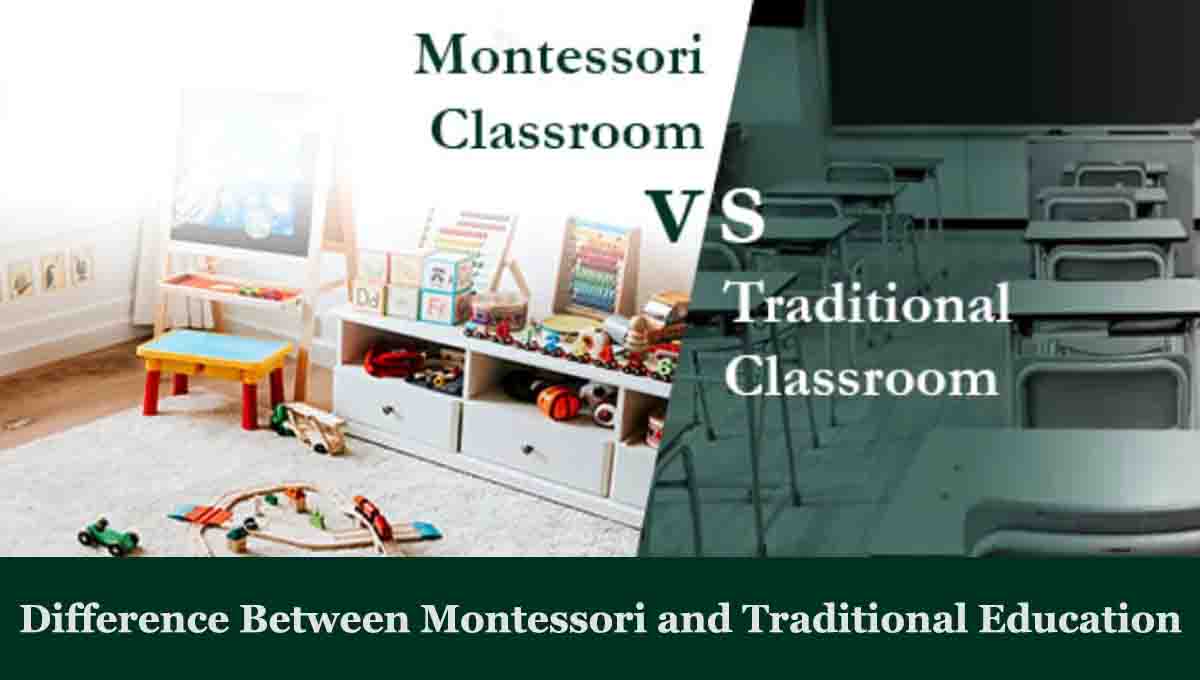Traditional education emphasizes a one-dimensional approach to learning and sees the child as a blank slate on which information is written.
Information is provided to students by teachers. In many traditional schools, memorization of facts is the key to success, and children sit in a row and gather as much information as they can from the teacher who speaks in front of the class.
The Montessori classroom is a “ready environment” that fosters individual growth and learning. Children can move around the room choosing from a wide variety of designed materials placed on well-arranged shelves. They develop practical and intellectual skills by individually exploring language, math, geography, geometry, art, music and more.
Parents new to the Montessori world always comment on how quiet the classroom is, how nice it looks, and how focused the children are. This is because they focus on the “work” of learning.
Seeing is believing! Parents notice the difference between Montessori Education and Traditional Education. We invite you to experience Montessori for yourself. Stop by for a tour. Call or email us at 770-569-5200 and schedule an appointment.
Montessori departs from traditional methods in ways that prepare children to play roles and lead in 21st century society.
Difference between Montessori Education and Traditional Education
| Montessori Approach | Traditional Methods |
| Emphasis on cognitive and social development | Emphasis on social development |
| Teacher has unobtrusive role in classroom | Teacher is center of classroom as controller |
| Mainly individual instruction | Group and individual instruction |
| Mixed age grouping | Same age grouping |
| Grouping encourages children to teach and help each other | Most teaching done by teacher |
| Child chooses own work | Activities structured for child |
| Child works as long as he wishes on chosen project | Child generally allotted specific time for work |
| Child discovers own concepts from self-teaching materials | Child is guided to concepts by teacher |
| Child sets own learning pace | Instruction pace usually set by group |
| Child spots own errors from feedback on material | If work is corrected, errors usually pointed out by teacher |
| Child reinforces learning by repetition and feelings of success | Learning is reinforced externally by repetition and rewards |
| Organized program for learning care of self and environment | Less emphasis on self-care instruction |
| Child can work where he chooses, yet not disturb others | Child usually assigned own chair |
| Group work is encouraged | Encouraged to participate, sit still and listen during group sessions |
